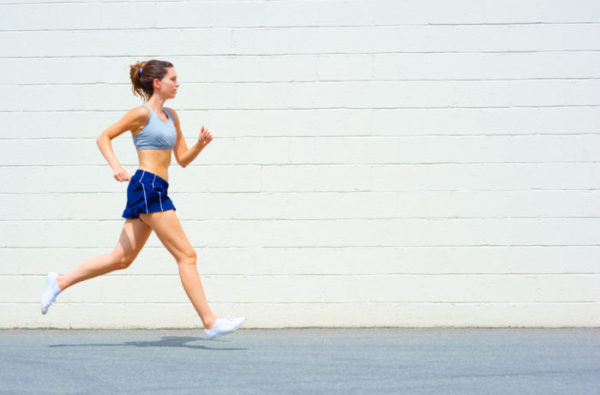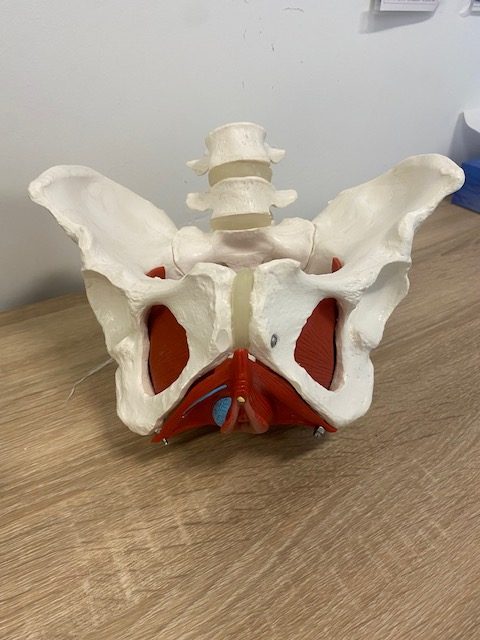How Running Mechanics Affect Your Body

For those of you who have started training for this year’s NYC Marathon, kudos to running in this heat, and for those of you that haven’t started yet, it is time! This blog is going to discuss running mechanics and its impact on hips, knees and ankles, so it’s a valuable read for both beginner and amateur runners.
The Hip
Hip injuries are the lowest percentage of running related injuries at only 6%, but their flexibility and strength significantly impacts lower limb posture when running and sprinting. Hip posture, mobility and strength play a role in:
- Stabilization on single leg
- Propelling the body forward
- Stride length (how long your stride is)
While hip injuries aren’t as common, hip muscle weakness can cause improper running mechanics, which sets us up for knee and ankle injuries.
The Knee
Knee injuries in runners are quite common, and research proves that the quadricep muscle along with the calf produce the largest percentage of the total forces required for running. That immediately increases risk of knee injuries, so assessing this joint is crucial but it’s also valuable to assess ankle and hip posture dynamically because these joints very intimately impact (and can even cause) knee injuries. Knee posture, mobility and strength play an important role in:
- Force production
- Stabilizing on single leg
Knee injuries make up 28% of running related injuries. Common ones to to look out for:
- Patellar tendinopathy
- Iliotibial band syndrome
- Patellofemoral pain syndrome
- Hamstring tendinopathy
The Ankle
Your ankles and feet are the ones to contact the ground during running, and so, in my opinion, they are very crucial to running mechanics. Ankle posture, mobility and strength play an important role in:
- Force transmission
- Stability over uneven ground
- Force generation for take off
When running, landing on mid-foot is most effective, maintaining your feet parallel with one another, and rolling to your forefoot before you lift off.
Ankle injuries constitute 21-38% of running injuries, and here’s some common ones:
- Ankle sprain
- Achilles tendinopathy
- Plantar fasciitis
- Shin splints
- Tibial stress fracture
If you have any ankle, foot, knee and/or hip injuries, it is best to get an assessment by a PT to improve your mechanics, posture and strength, so that your running doesn’t hurt your body!
Happy running!
We are here to help!
Body Harmony Physical Therapy offers one pelvic health physical therapist to one patient evaluation and treatment sessions. Our treatments are for up to one hour in a private treatment room (not a booth). We provide individualized home programs to every patient. We offer a quick call back option for potential patients who have questions or concerns related to physical therapy.
References
- https://www.aafp.org/pubs/afp/issues/2018/0415/p510.html?_ga=2.88249563.1759934956.1576886730-1283641896.1567894
- https://braceworks.ca/wp-content/uploads/2016/12/Kulmala_et_al_MSSE2016_Walking_and_Running_Require_Greater_Effort_from_Ankle_Than_Knee_Extensors.pdf
- https://www.jospt.org/doi/epdf/10.2519/jospt.2014.5575







